Bassant Selim
Beyond Diagonal RIS for ISAC Network: Statistical Analysis and Network Parameter Estimation
Feb 18, 2025Abstract:This paper investigates the use of beyond diagonal reconfigurable intelligent surface (BD-RIS) with $N$ elements to advance integrated sensing and communication (ISAC). We address a key gap in the statistical characterizations of the radar signal-to-noise ratio (SNR) and the communication signal-to-interference-plus-noise ratio (SINR) by deriving tractable closed-form cumulative distribution functions (CDFs) for these metrics. Our approach maximizes the radar SNR by jointly configuring radar beamforming and BD-RIS phase shifts. Subsequently, zero-forcing is adopted to mitigate user interference, enhancing the communication SINR. To meet ISAC outage requirements, we propose an analytically-driven successive non-inversion sampling (SNIS) algorithm for estimating network parameters satisfying network outage constraints. Numerical results illustrate the accuracy of the derived CDFs and demonstrate the effectiveness of the proposed SNIS algorithm.
Multi-UAV Speed Control with Collision Avoidance and Handover-aware Cell Association: DRL with Action Branching
Jul 24, 2023Abstract:This paper presents a deep reinforcement learning solution for optimizing multi-UAV cell-association decisions and their moving velocity on a 3D aerial highway. The objective is to enhance transportation and communication performance, including collision avoidance, connectivity, and handovers. The problem is formulated as a Markov decision process (MDP) with UAVs' states defined by velocities and communication data rates. We propose a neural architecture with a shared decision module and multiple network branches, each dedicated to a specific action dimension in a 2D transportation-communication space. This design efficiently handles the multi-dimensional action space, allowing independence for individual action dimensions. We introduce two models, Branching Dueling Q-Network (BDQ) and Branching Dueling Double Deep Q-Network (Dueling DDQN), to demonstrate the approach. Simulation results show a significant improvement of 18.32% compared to existing benchmarks.
Intelligent Reflecting Surfaces for Enhanced NOMA-based Visible Light Communications
Nov 08, 2021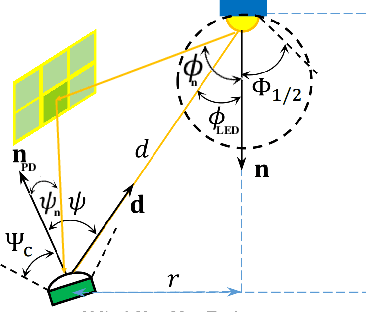
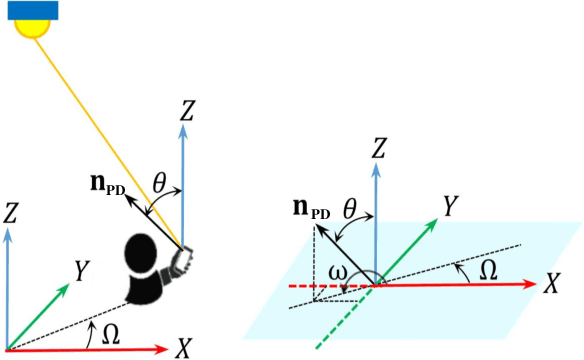

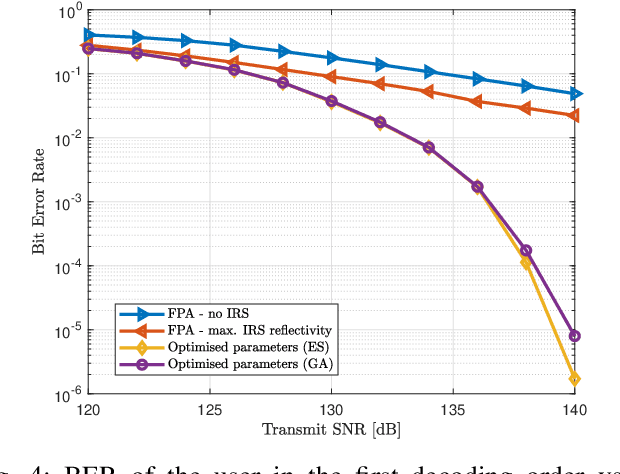
Abstract:The emerging intelligent reflecting surface (IRS) technology introduces the potential of controlled light propagation in visible light communication (VLC) systems. This concept opens the door for new applications in which the channel itself can be altered to achieve specific key performance indicators. In this paper, for the first time in the open literature, we investigate the role that IRSs can play in enhancing the link reliability in VLC systems employing non-orthogonal multiple access (NOMA). We propose a framework for the joint optimisation of the NOMA and IRS parameters and show that it provides significant enhancements in link reliability. The enhancement is even more pronounced when the VLC channel is subject to blockage and random device orientation.
Intelligent Link Adaptation for Grant-Free Access Cellular Networks: A Distributed Deep Reinforcement Learning Approach
Jul 08, 2021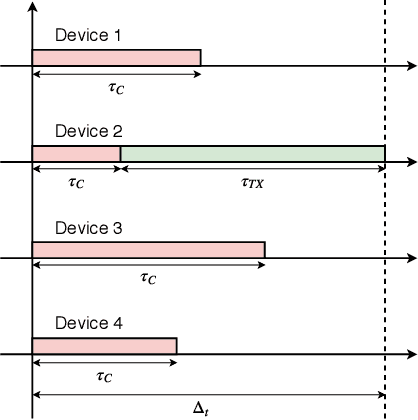
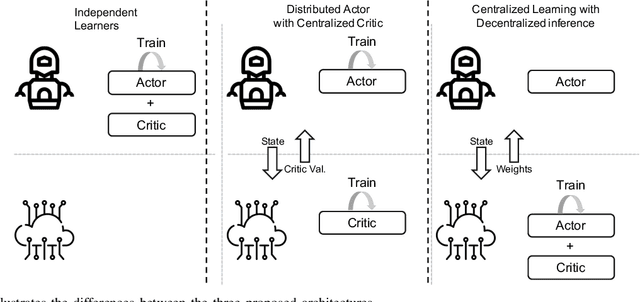
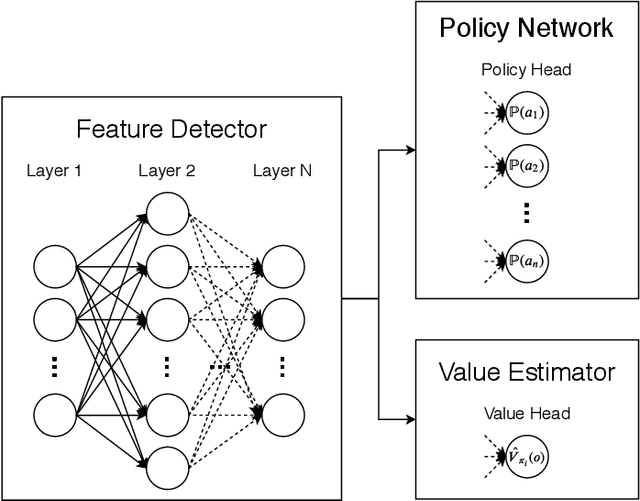
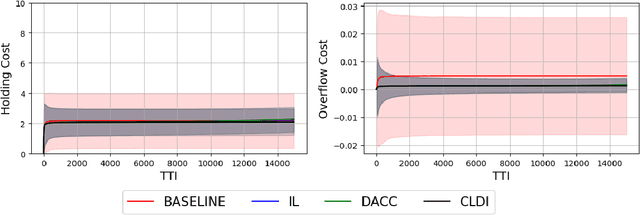
Abstract:With the continuous growth of machine-type devices (MTDs), it is expected that massive machine-type communication (mMTC) will be the dominant form of traffic in future wireless networks. Applications based on this technology, have fundamentally different traffic characteristics from human-to-human (H2H) communication, which involves a relatively small number of devices transmitting large packets consistently. Conversely, in mMTC applications, a very large number of MTDs transmit small packets sporadically. Therefore, conventional grant-based access schemes commonly adopted for H2H service, are not suitable for mMTC, as they incur in a large overhead associated with the channel request procedure. We propose three grant-free distributed optimization architectures that are able to significantly minimize the average power consumption of the network. The problem of physical layer (PHY) and medium access control (MAC) optimization in grant-free random access transmission is is modeled as a partially observable stochastic game (POSG) aimed at minimizing the average transmit power under a per-device delay constraint. The results show that the proposed architectures are able to achieve significantly less average latency than a baseline, while spending less power. Moreover, the proposed architectures are more robust than the baseline, as they present less variance in the performance for different system realizations.
 Add to Chrome
Add to Chrome Add to Firefox
Add to Firefox Add to Edge
Add to Edge